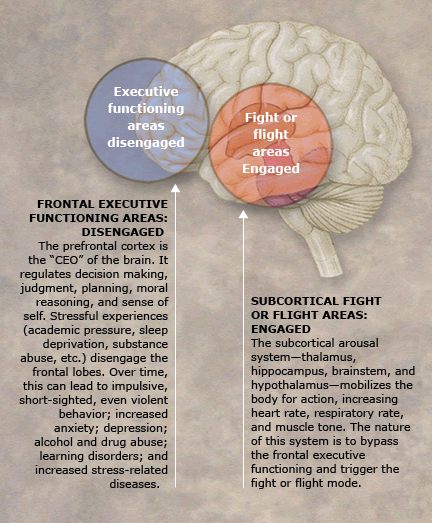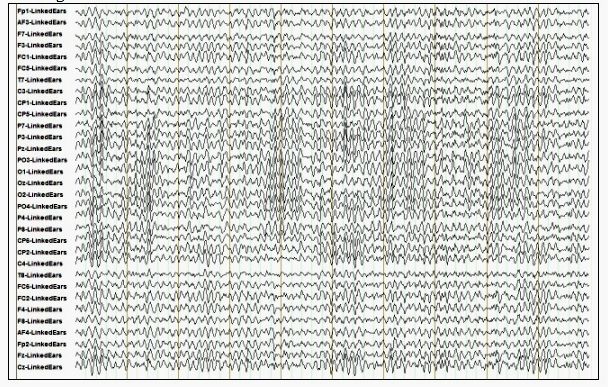Self-actualization and development of consciousnessAn introductionDr Jaan SuurkülaSelf-actualization is usually understood as the realization of ones talents and powers. However this only a small part of real self-actualization. Modern research on human development has, in the last decades, begun to recognize higher levels of human development. One of the greatest pioneers in this field was Abraham Maslow. He identified a common pattern among people whom he called self-actualized. They were dynamic, creative, deeply harmonious, altruistic, and more loving than other people. He found that this pattern was the same independently of the personality. Interestingly, this description matches closely the ancient description of Self-actualization of the ancient Vedic civilisation. Evidently Maslow had found a very basic human pattern. Maharishi Mahesh Yogi, who established the TM-movement, has indicated that a key factor required for this development is reduction of the stress level. Stress proneness is, according to the ancient Vedic knowledge, which he draws upon, associated with deep disturbances, “knots” in the nervous system. These “knots” are memories of stressful events in the childhood, that have created a permanent state of emotional insecurity, a basic feeling coloring the perception of the world as more or less insecure of threatening all the time. It makes a person prone to react with stress in many life situations. Medically it appears as a raised average level of stress hormones, a state of chronic stress. In the modern world, this condition is very common. Only in recent years, scientists have begun to realize that almost every adult is in a state of chronic stress to a greater or smaller extent. Most people are completely unaware of it. Recent studis have found that, even with high stress hormone levels, surprisingly many feel well and don’t think they are stressed at all. Brain research shows that stress leads to the dominance of lower centra involved with “fight or flight” while stress-free conditions enable the dominance of higher brain centers (frontal brain) responsible for humane, calm, balanced behaviour.  Therefore it is not surprising that if you list the the signs of chronic stress and list the opposite traits, you obtain the typical pattern of frontal brain domaninant behaviour, with the typical traits of Self-actualization, see the table below. This has a beautiful connotation, as the Vedic knowledge has brought out. We are not by nature “evil”. It is only that the “good” traits are overshadoved through stress.
The list above is not complete. It lists the extreme ends of this scale. So, for example, even if you are not anxious or aggressive always, being so sometimes, puts you in the “stressed” category. It is not enough to have one or two of the properties in the right column to be “Self-actualized”. It is a pattern where all elements must be there. For example, if you are restless, creative, egoistic and flexible, you are definitely not Self-actualized. Actually, you cannot have any of the left column traits if you are fully self-actualized. One of the most important criteria is altruism – freedom from egoism. If it is not there, you are definitely not Self-actualized. Unshakable calmness, even under the most adverse and stressful conditions and plentiful love to all expressions of nature are other key traits of full Self-actualization. Maharishi has emphasized that Self-actualization is not the result of intentional Self-control or behavioral training. He has even stressed that attempts to mimick the behaviour of Self-actualized people is counterproductive – it creates a great inner strain that brings about more stress in the nervous system. Instead, he explains that according to the Vedic knowedge, for self-actualization, the nervous system has to be cultured on a fundamental level, eliminating the stress-“knots”, the memories of stressful events that uphold stress-proneness. This results in strong emotional security. From this follows a “chronically” stress-free condition, an essential element in Self-actualization. In addition, a refined functioning of the brain has to be developed that ultimately establishes a state of permanent, completely immovable harmony and peacefulness. Such a person remains, as described by the Veda, calm and peaceful even in the midst of the most stressful or painful conditions. Such a person is, according to the Veda, completetely in tune not only with himself but with the whole universe (this will be explained separately). Transcendental Meditation (TM) is a powerful Vedic method for culturing the nervous system so as to bring about real self-actualization. Its ability to eliminate the stress-“knots”, and to reduce chronic stress has been well confirmed by modern research (1,2). Also, the ability of TM to develop a refined and increasingly coherent and refined functioning of the nervous system has been well established scientifically (3). This is indicated by the development of increasing prefrontal brain dominance as well as global EEG coherence encompassing all EEG frequencies. The “active agent” of TM is a unique, natural state of consciousness. It is called “Transcendental Consciousness” (TC) or the fourth state of consciouness, because it is different from the ordinary three states, waking, dreaming and deep sleep. Although it is a completely natural state, it is very seldom, if ever, experienced by modern man. It is the most peaceful state of the mind, where the mental activity has reached such an extremely low and refined level that there are no thoughts at all. Therefore it is also called Pure Consciousness. It is characterized by a unique brain wave pattern, indicating a very high level of coherence in the brain, see the image below. Such coherence is a unique characteristic of TC. For comparison, see the disorderly EEG when sitting eyes closed, which you find by clicking on the image below. 
According to thousands of years of Vedic experience as well as the experience of over 6 millions of TM-practitioners, regular experience of this state develops a growing ability of the brain to uphold more and more of this state in activity. Self-actualization, as Maharishis Vedic Science explains it, appears when the brain has learnt to uphold coherence throughout 24 hours of the day. It is associated with so called higher states of consciousness where all the qualities listed above of Self-actualizations are maximally enlivened. There is much more to higher states of consciousness than just coherent brain functioning. This will be explained separately. Let me just indicate that those who have achieved it throughout the ages all say that its immense value cannot be described properly in words. It is the ultimate fulfillment of human life. References
(The Website of the Estonian TM movement) |